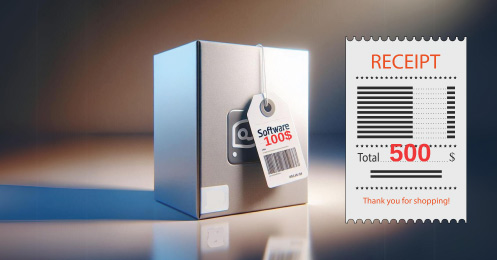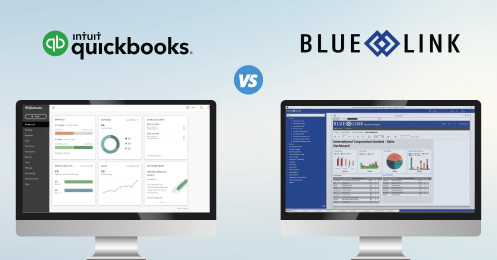In the world of eCommerce today, customers expect the process of buying online to be as seamless - if not more - than purchasing the same item in a store. Online sales in 2017 as a percentage of total retail sales continues to increase over last year and the market is not showing any signs of slowing down. Applying both to businesses in the B2B and B2C space, this means companies must be able to efficiently serve customers online, ship product quickly and either provide free shipping or ship at the lowest possible cost, in order to remain competitive. The best way to efficiently manage the processes associated with buying and selling product online is to implement a robust front-end website for order entry and integrate this website with a sophisticated back-end inventory and accounting solution. Integration allows information such as order details, pricing, product descriptions, inventory quantities etc. to flow bi-directionally between systems. Once a customer places an order online, the key is to quickly and at the lowest cost possible ship the right product to the right customer. This is where proper inventory management software comes into play.
Before a customer can place an order online or even view a product, inventory information needs to be available. With eCommerce integration, once you receive inventory into your warehouse and update quantities in your inventory system, this data is pushed online for the customer to see. As you continue to receive new quantities of product, or inventory is sold via other sales channels (such as phone, email or at a tradeshow), the updated information gets reflected online. This means that customers always have up-to-date inventory quantity details. Want to change a product’s pricing, description or image? The same applies, where the user updates information in your back-end inventory system and this gets reflected online – eliminating the need to update multiple databases and software applications.
Once customers have access to accurate information, they can place an order for product online. This order then flows directly into your inventory system where it can be subject to a manual review process or automated workflow depending on how you want it set up. For example, if the order meets certain criteria already defined in the system, the software marks the order as ready to ship and sends it to the warehouse for picking. This criterion may include the system checking that the order is under a certain dollar amount, checking that the inventory is available in stock, and checking that the customer has submitted valid credit card information online. Alternatively, if you prefer to have a manual check process, the system categorizes all orders coming from the website and then holds them for review before users can send them to the warehouse.
Once employees in the warehouse receive the order for picking, packing and shipping, they can choose to do so manually using pen and paper or with the help of mobile picking devices or verification scanning. Barcode scanning helps to ensure that employees pick the right items and the right quantity to reduce the number of shipping errors. Employees then pack items for shipping and the system will print the appropriate shipping documents. Once again, depending on how the system has been configured, it can automatically mark the order as shipped and then send the appropriate information back through the inventory system to appear on the eCommerce site or be emailed to the customer.
Without the right systems in place for managing the entire order process and inventory, sales orders get missed, inventory quantities are wrong, items need to be backordered, the wrong items get shipped and customers become frustrated. Even with introductory software, managing orders involves multiple steps and checks and is prone to human error. Before you start selling online, consider your options for inventory management.










